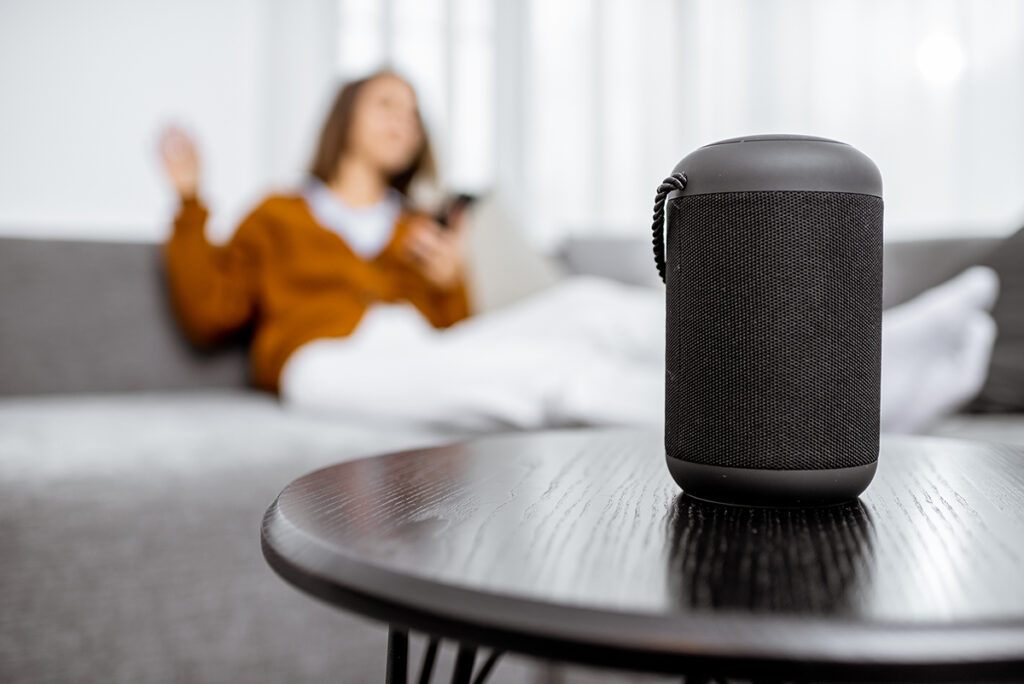In 2022 and around 76% of U.S. adults are shopping online. With $5.5 trillion, we live in the golden age of e-commerce. But all of this is nothing compared with what is coming in a few years; remember when you first used the internet and thought it was fantastic, and later on, social media altered everything? Well, it’s mostly the same!
We’re going through all those upcoming new features that will shape how we shop online. Even the most non-tech-savvy consumer will be willing to leap to catch up with deals or exclusive products online. So bear with us as we take you through all those changes:
More AR & VR, and fewer front stores
“We are entering the world of “phygital”—physical and digital at the same time, where there is not a physical world or digital world in retail, but rather a completely connected one.“
Eric Hazan – Senior Partner – McKinsey
By 2030, many brands will choose to stop having physical stores as the online shopping experience would be quite enough for us. Others, like Adidas, would have a hybrid experience where the shopping window will have interactive content and QR codes that will let you order online while passing by their stores, quite neat as you won’t have to get inside to see their products.
Microsoft said it is permanently closing nearly all of its physical stores worldwide. But remember that even though obsolete, physical stores will never be gone entirely; rather would, their purpose or focus on the experience than simply selling products. We will still be getting insights and advice from bloggers and influencers without needing to go anywhere.
Customer Experience (CX) is the priority
Ten thousand individuals from Europe, the Middle East, and Africa participated in a cross-cultural study. It provides a comprehensive and modern understanding of consumer purchasing patterns and what such patterns may resemble in 2030. The study shows that 49% of shoppers prioritize the experience rather than the product’s price or quality.
Based on the wide variety of data we have today, every brand can tailor a strategy based on satisfying its customers.
And let’s not forget: Consumers don’t use digital; they are digital.
You can pay for everything with cryptocurrency
The rise of crypto’s popularity was never as high as today and will continue in the upcoming years with even more financial apps and platforms. By 2030, analysts predict that the market for cryptocurrencies will have more than tripled, reaching a value of nearly $5 billion. Investors, companies, and brands can’t ignore the swelling wave of cryptocurrency for very long, whether they want to or not.
Voice assistance everywhere and for everyone
By 2030, the voice assistance market is believed to be worth $ 6.6 billion. Devices like Alexa and Google Assistant are used increasingly instead of text search. The access of these devices to the Internet Of Things (IoT), combined with Artificial Intelligence (AI), will allow them to execute voice orders from the customer.

The market for interactive voice response will also be driven by the growth of sales and customer service departments. Interactive voice response systems save operating costs and boost agent effectiveness is another factor that could fuel the market need for such technology. But there are several limitations in the interactive voice response (IVR) industry. Interactive voice response menus can have several drawbacks, including being overly detailed, challenging to understand, and having too much information. The voice prompt is another feature that could act as a market constraint. It can occasionally make it difficult to understand the information, which prevents the Interactive Voice Response Market from expanding.
Autonomous & Smart Delivery
For years now, Amazon’s supply chain has been almost wholly automated inside its warehouses. From picking up goods and wrapping them by customer order to tagging the packages. Amazon even tested drone delivery via drone straight to the customer address, which looked back in time like science fiction. It is going to become the standard of tomorrow’s delivery.
According to announcements made recently at the Consumer Electronics Show (CES) in Las Vegas, thousands of new electric delivery cars will soon be chugging through city and suburban streets. FedEx said it had booked priority production for 2,000 vehicles in addition to the 500 BrightDrop, an all-electric cargo van built for efficient delivery. Walmart asked for 5000.
Invest in a digitally-enabled shopping experience
There are even more trends for online shopping than you can imagine. All focused on bringing companies to the full digital era and ensuring that the customer journey becomes the most satisfactory.
Companies will continue to invest in digital and commit to aligning themselves with the customer’s need for a digitally-enabled experience.





